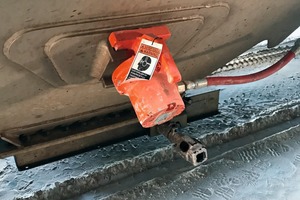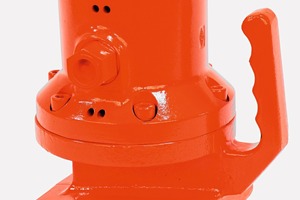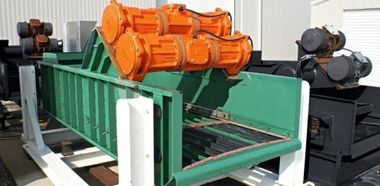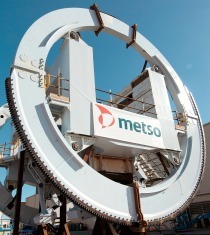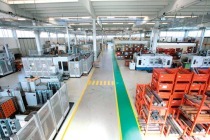High force transmission by low weight
“When a railcar is being emptied, the process needs to be fast, efficient and thorough, because extra time spent unloading, manually cleaning or sending cars back with material in them can translate into lost profits or increased costs,” explained Marty Yepsen, Business Development Manager for Railcar Products at Martin Engineering. “The higher the force to weight ratio, the more force is delivered to the material, increasing the efficiency of the vibrator.” The IMP3 was purpose-built for unloading dry powdered bulk materials. If vibrators fail, workers may need to resort to unsafe practices to get material flowing again, such as hammering on the cars or attempting to unclog them from the bottom of the hopper.
To avoid these expensive and potentially hazardous scenarios, the IMP3 produces 3000 vibrations per minute (VPM) and 1542 kg of force, which has been compared to a sledgehammer blow 50 times per second. The rapid impacts generate a vibratory wave through the metal hopper of the railcar, loosening adhered material to promote fast and even flow.
The IMP3 replaces a traditional cast iron housing with an aluminum body coupled with a wedge bracket, and it features an integrated handle for easy gripping and moving. The low weight means that more of the energy is transferred from the unit to the hopper. “This lightweight unit is designed specifically for constant handling in less-than-ideal environments,” explains Yepsen.
The IMP3 requires an air supply of 80 psi and 0.012 MPS. When operated using a filtered, regulated and lubricated air supply, the unit requires virtually no maintenance.
$(LEhttp://

